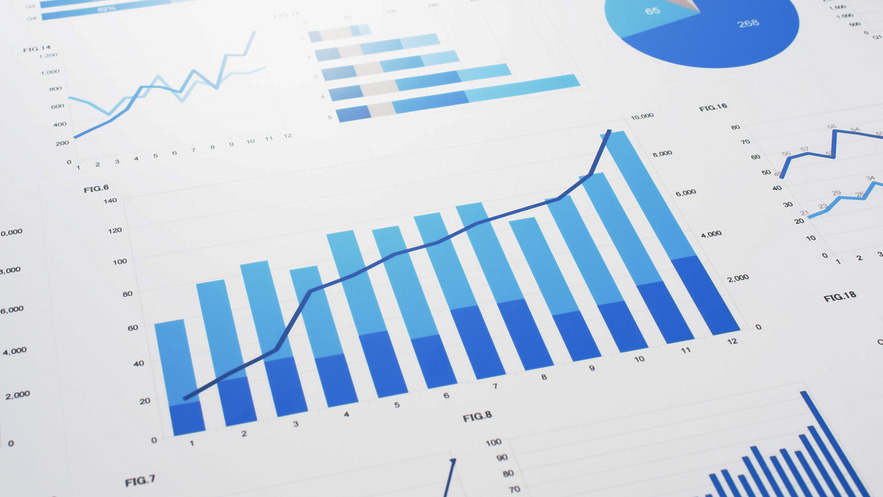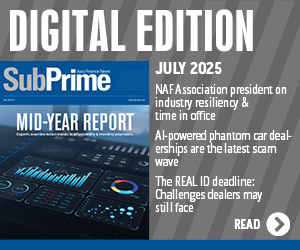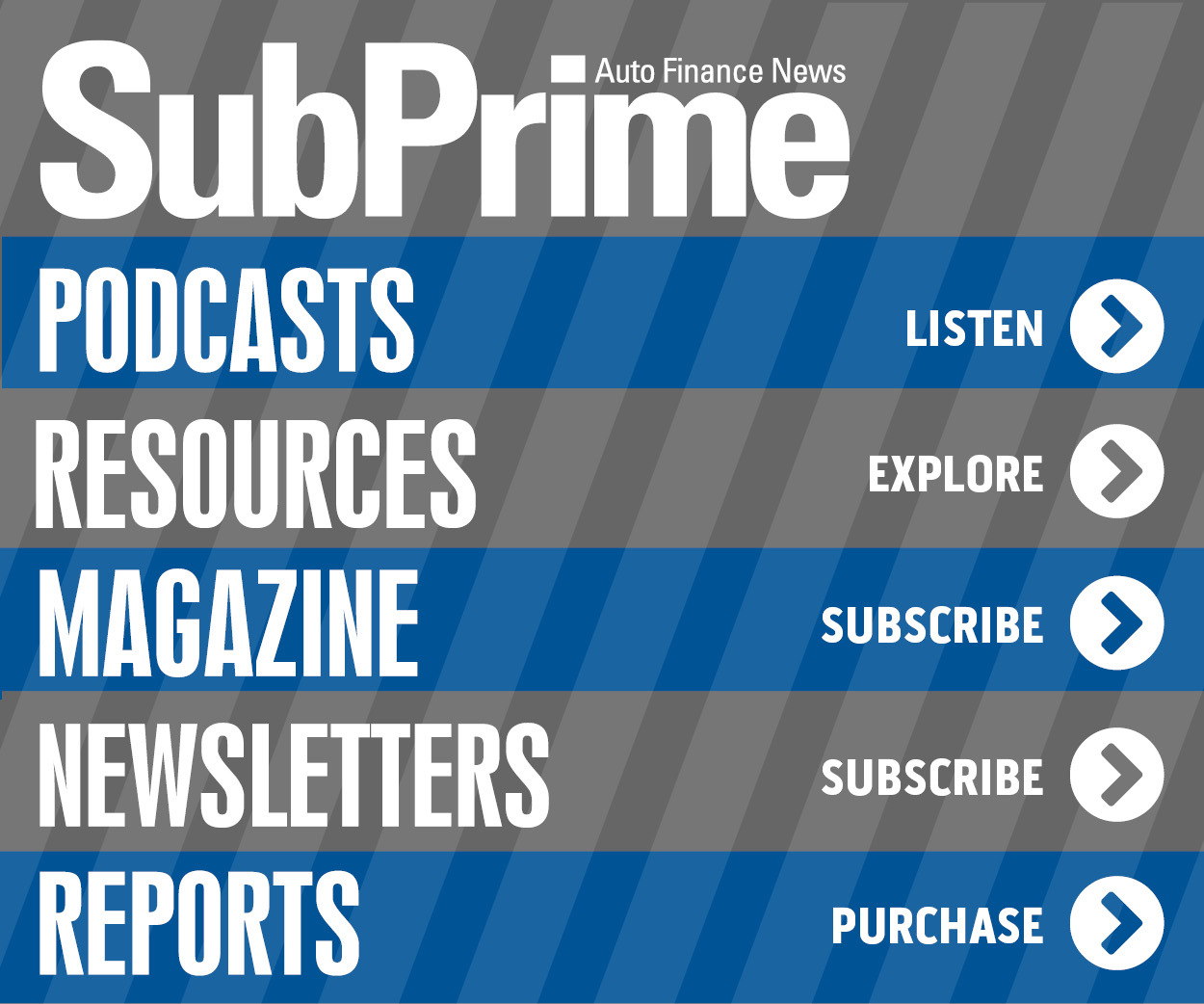KBRA, S&P continue to investigate contract modifications via latest auto ABS updates

Kroll Bond Rating Agency (KBRA) and S&P Global Ratings continued to use their examinations of the U.S. auto loan asset-backed securities (ABS) market to offer a look not only at that particular segment but also views on what the overall health of auto financing might be.
Beginning with S&P Global Ratings, analysts there said May brought what they called “a glimmer of hope” for the auto ABS market with a substantial reduction in extension rates, which appear to have peaked in April, according to their latest report.
For prime paper, S&P Global Ratings indicated the extension rate dropped 62.5% to 2.16% in May from 5.76% in April.
For the four subprime auto ABS shelves the firm watches — AmeriCredit, Santander's DRIVE and SDART and World Omni's Select — S&P Global Ratings said extensions dropped 43.5% to 8.9% from 15.7%.
S&P Global Ratings attributed the tremendous decline in new extensions in May to a number of factors, including:
• The lifting of stay-at-home orders brought some furloughed employees back to work.
• The government's enhanced unemployment benefits of $600 per week gained momentum after initial delays at the state level.
• Stimulus/relief checks of up to $1,200 were received by many consumers.
• Some of those who needed hardship relief in March or April received multi-month-long extensions, thereby obviating the need for another extension in May.
“However, even with May's drop in deferments, the percentage of loans receiving extensions remained higher than February's pre-COVID-19 levels. Further, for some issuers, the percentage of their pools in extension status remains high at 10% or more,” S&P Global Ratings said.
“The big question at this point is whether loans, when they come out of extension status, will be able to resume normal payments,” S&P Global Ratings continued. “This will depend upon how quickly the COVID-19 spread can be contained and business activity can more fully resume, unemployment levels and whether enhanced unemployment benefits, namely the extra $600 per week, remain intact or are replaced with some other form of additional income to compensate those who remain out of work due to the pandemic.”
Meanwhile, KBRA determined June remittance reports showed improving securitized auto finance delinquencies during the May collection period.
Analysts indicated early-stage delinquencies (30 to 59 days past due) fell 10 basis points month-over-month and 44 basis points year-over-year to 0.70% in the KBRA Prime Auto Loan Index, while the percentage of non-prime borrowers in the early stages of delinquency fell to 5.87%. That’s down 105 basis points month-over-month and 260 basis points year-over-year.
KBRA discovered later-stage delinquencies (60 days or past due) also dipped month-over-month in both indices, but the decreased were more modest.
Furthermore, as fewer contract holder have become delinquent over the past few months (resulting in fewer defaults), KBRA went on to note that both indices posted a month-over-month and year-over-year decline in annualized net loss rates.
“As discussed last month, we believe enhanced unemployment benefits and federal stimulus checks likely helped some borrowers catch up or stay current on their auto loan payments,” KBRA analysts said in their latest report.
“The large percentage of borrowers receiving payment relief during the month (in the form of loan extensions) was also likely an important driver in keeping delinquency rates subdued,” analysts continued.
While S&P Global Ratings indicated they might have peaked in May, KBRA asserted that the percent of non-prime borrowers enrolled in a hardship assistance program continued to climb in June, reaching 23.09% or up 451 basis points month-over-month and 1,952 basis points year-over-year, while the percent of prime borrowers enrolled in an assistance program remained relatively flat, at 8% in June, up 15 basis points month-over-month and 748 basis points year-over-year.
KBRA wrapped its analysis by reviewing June’s asset-level disclosures that showed mixed credit metrics during the May collection period.
Analysts found that the percentage of prime and non-prime contract holders who went from 30+ days delinquent to current dropped 649 basis points to 40.9% and 101 basis points to 39.8%, respectively, versus the previous month, but are still well above pre-pandemic levels.
Finally, the percentage of prime contract holders who rolled from 60 days or more past due to charge-off rose 377 basis points to 17.4%, while the percentage of non-prime contract holders moving from 60-day delinquency to charge-off increased 9 basis points to 20.1%.


